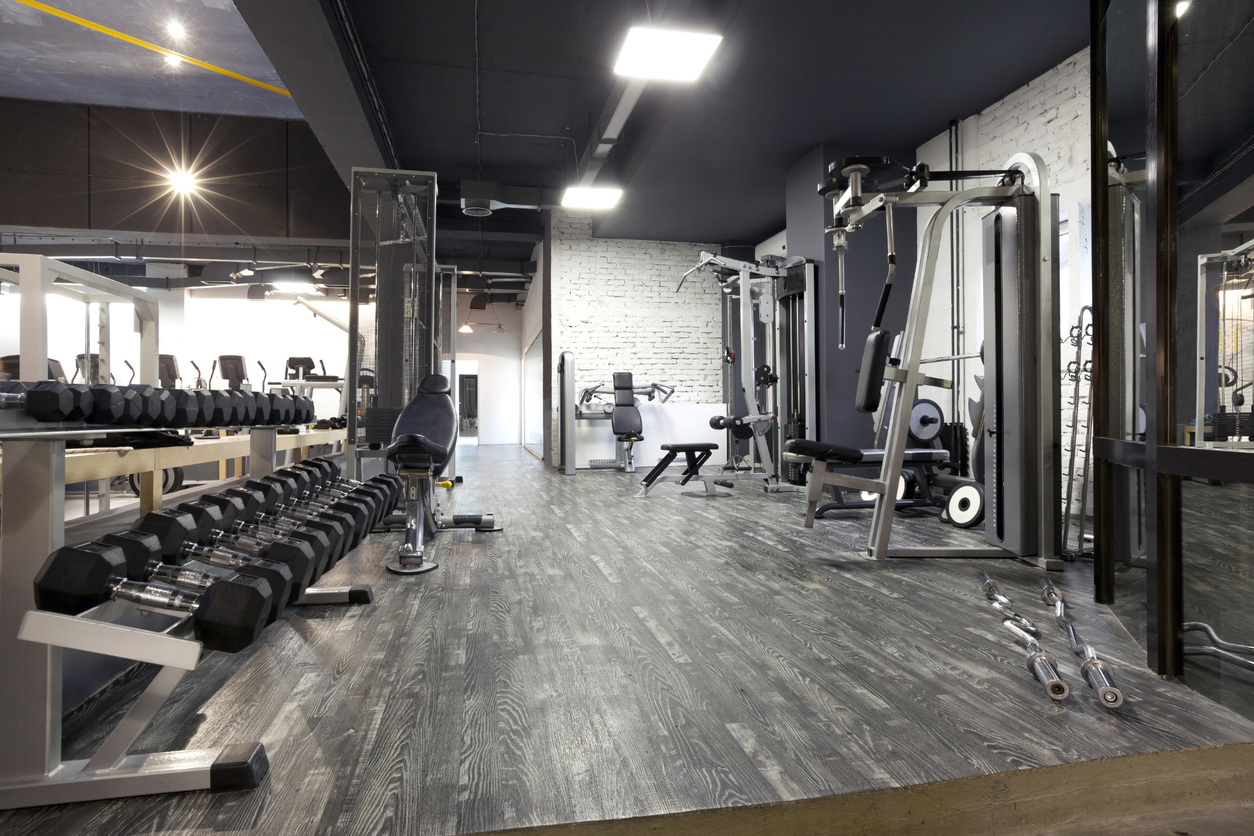Versatile Definition – “Able to adapt or be adapted to many different functions or activities.”
Fitness Definition – “The condition of being physically fit and healthy, and the quality of being suitable to fulfil a particular role or task.”
After reading these definitions, is it just me or are you seeing what I’m seeing? If you’re not, then let me bring it to the forefront. When we talk about fitness and the word ‘fitness’ comes up, I believe we are discussing an example of versatility. If you have read previous articles of mine, you will notice statements made are then backed up with facts derived from academic sources and articles. However, for this topic I will be going off personal beliefs and ideologies that I have taken board from others within the industry that I believe in.
How does “fitness” improve? It is done through our body’s ability to adapt to the current strain and load we are putting it under when working out. No matter what type of different physical movement you perform, the body is brilliant and will always adapt and work to be adapted and be suitable for the activity, function, role or task you are asking it to do. Notice that the words bolded are derived from the definition of ‘versatile’ and ‘fitness’. What this shows me, and what I hope this brings to the forefront of your mind, is that fitness is a versatile activity and fitness can be achieved in versatile ways.
I’ve had a lot of people say to me “Oh, I’m really unfit,” or “I need to improve my fitness,” and my response to this is, “How do you know you’re unfit?” As we have discussed, there are a lot of forms of fitness. I will take myself for example – I lift weights 5-6 times per week, so in terms of lifting weights, I feel and would consider myself “fit”. But if you were to get me to run on the treadmill for 30mins or go do a Group Fitness class like Circuit or Weights and Plates, because I rarely participate in them, and at this point in time is not a goal of mine to improve in these area, then yes you could consider me as “unfit”.
So before you tell yourself, “I am unfit”, look at the exercise you currently do and look at the goals you have set yourself. Just because you are breathing heavily during a Group Fitness class when your goal is to lift a certain amount of weight – or vice versa – this does not make you unfit.
Now, even though I’m saying levels and forms of fitness are determined by you and your goals, there are general health markers that can provide us with a consensus on our fitness levels. Blood pressure and heart rate are health markers that can give us a measurable insight into how our bodies are functioning. If we take a sedentary person who does not exercise and does not have any underlying medical conditions, with abnormally high blood pressure or heart rate, then yes we could say in general that person is unfit.
Does body weight and body fat percentage determine if we are unfit? No it doesn’t. I don’t think body composition should be a marker of fitness. If you are someone who works out regularly and has a balanced diet and lifestyle, and you’re happy with how you look and feel, then you are not unfit just because your body fat percentage is a little high. Losing a little bit of body fat is never a bad thing, but with that comes sacrifice, so if you want to do that, then just be ready to have to sacrifice. As with heart rate and blood pressure, if you are a sedentary person who does not exercise and has a high percentage of body fat that is impacting your general wellbeing, then I would say this is where the percentage body fat can be used as a health and fitness marker.
To conclude, if you are an active individual, determining fitness levels should be versatile and able to adapt to the goals you have set or the time in your life you are currently in. There is no one standard for fitness and nor should there be, because how we view our fitness is totally up to us. While it is always good to push your body and try different forms of physical activity, at the end of the day you determine what you perceive to be “fit”.






